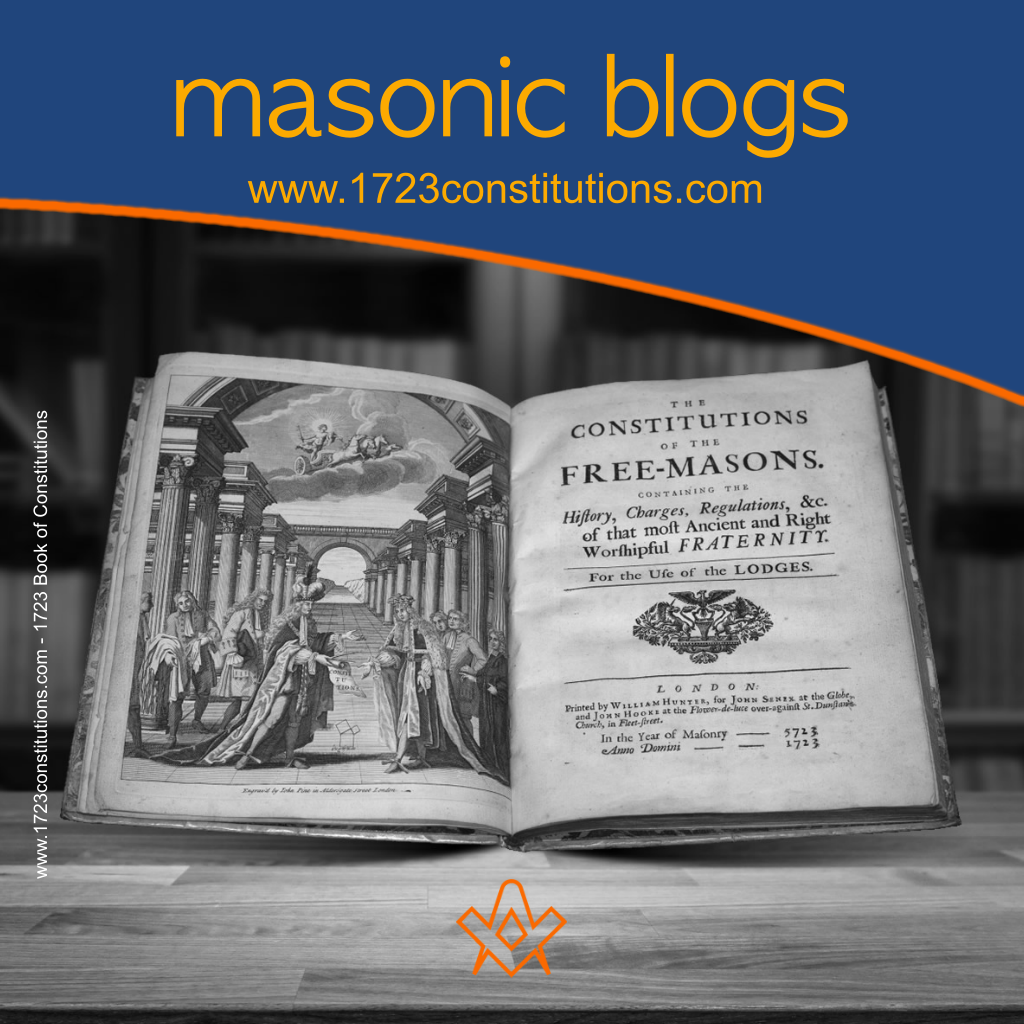Whereas the 1717 Tercentenary celebrations were centred on UGLE, the ‘1723 Constitutions’ is the basis for all Freemasons worldwide.
This blog is a definitive guide to that remarkable publication which was, and still is the foundation of Freemasonry.
From the 1723 Constitutions blog:
If anyone doubts that Freemasonry as it is practised today was derived from the Grand Lodge of England, let him compare the new Charges with those of an older date.
He will find that the severance from any and all pre-existing connections was as fundamental and complete as was the severance of the American colonies from England after the adoption of the Declaration of Independence.
Our national history begins with the Declaration. Indeed, the history of the United States is ‘merely the story of the working out of the principles set out in the Declaration’… Just so the history of Freemasonry begins with a declaration of principles.
These are set forth in the New Constitutions promulgated by the Grand Lodge of England and form the basic law of the Fraternity throughout the world.
Indeed, the story of Freemasonry is merely the working out of those principles.
– Ossian Lang, History of Freemasonry in the State of New York (1922)
2023 marks the tercentenary of the publication in London of The Constitutions of the Freemasons – the ‘1723 Constitutions’ – a book whose Enlightenment principles provide the philosophical foundations of Modern Freemasonry and the structure for many civil societies.
Many Masonic histories have been concerned with ‘when’ and ‘what’. Here we examine the context and explain ‘why’.
The 1723 Constitutions divides into three principal sections: a traditional (if affected) history of freemasonry which places the Craft within a literary historical context; Charges to which freemasons are expected to adhere, unarguably the most significant component; and General Regulations governing the administration of Grand Lodge and Masonic lodges.
Masonic songs celebrate the Master of the Lodge, his Wardens, Fellowcraft, and Entered Apprentices; and an Approbation lists the Grand Officers and Masters and Wardens of twenty lodges.
The book begins with a dedication to the 2nd Duke of Montagu, the first noble Grand Master of the Grand Lodge of England, by Jean Theophilus Desaguliers, a former Grand Master.

John Montagu, 2nd Duke of Montagu, by Sir Godfrey Kneller, Bt (died 1723), given to the National Portrait Gallery, London in 1945.
IMAGE LINKED: wikimedia Attribution 4.0 International (CC BY 4.0)

The Rev. Dr Jean (John) Theophilus Desaguliers (1683-1744), French philosopher
IMAGE LINKED: wikimedia Attribution 4.0 International (CC BY 4.0)
The Constitutions is structurally similar to the Old Charges that governed medieval (and later) stonemasons’ lodges.
This was intentional. It positioned the 1723 Constitutions and the Grand Lodge of England as a continuation of that which preceded it, a technique that affords legitimacy in tradition-based societies. But the ideas promoted by the Grand Lodge of England were not mediaeval.
They were new and materially different.
The book was based on Enlightenment foundations, values that lie at the core of Modern Freemasonry in England and internationally.
But the Constitutions and Modern Freemasonry were not simply a product of the Enlightenment.
They impacted upon it, not least as a vector for the transmission of Enlightenment principles nationally and internationally.
On the following pages we set out Freemasonry’s principles, consider the people involved, and explore the framework within which their ideas were formed.
And we discuss how the 1723 Constitutions evolved, not just in England, Ireland and Scotland, but in Europe, America, and elsewhere across the globe. Before you begin you may wish to read a short summary: The Main Takeaway.
A century ago, Lionel Vibert of Quatuor Coronati Lodge, the premier lodge of Masonic research, marked the bicentennial with a paper – ‘Anderson’s Constitutions of 1723’ – in AQC 36.
Subsequent research has unearthed new evidence and reached other conclusions, but one comment should be re-emphasised: that the 1723 Constitutions is among Freemasonry’s most important documents, and not only in England.
In 1730 it was taken by the Grand Lodge of Ireland as the model for the Irish Constitutions; it was re-printed verbatim by Benjamin Franklin in 1734 for use in America; it was translated and circulated widely throughout Europe in the 1730s and 1740s; and in the 1750s was indirectly the basis for Ahiman Rezon, the Constitutions of the Antients Grand Lodge in England and, after Independence, of America’s State Grand Lodges.
The 1723 Constitutions set a pattern for Freemasonry throughout the world and an understanding of the context explains both the origins of Modern Freemasonry and the relationship between Freemasonry and Society today.
Explore the entire site here: https://www.1723constitutions.com/
The Square Magazine will be following the developments and reporting on events and discussions leading up to the 2023 tercentenary of the publication.

Quatuor Coronati
An introduction to the Premier Lodge of Masonic Research
more….
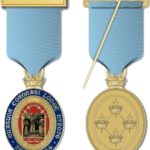
Join QCCC
How to join QCCC – the world’s first and oldest Masonic research society established over 135 years ago.
more….
Recent Articles: masonic blog series
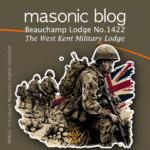 Masonic Blogs – A Band of Brotherhood |
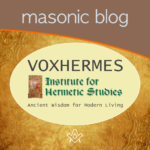 Masonic Blogs - Vox Hermes |
 Masonic Blogs - Metropolitan Study Group |
 Masonic Blogs - Universal Co-Masonry |
 Masonic Blogs - Ahab's Adventures |
 Masonic Blogs - El Francmasón |
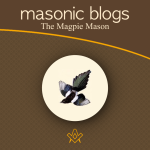 Masonic Blogs - The Magpie Mason |
 Masonic Blogs - Scottish Rite Northern Jurisdiction |
 Masonic Blogs - The Invisible Lodge |
 Masonic Blogs - Portal Rito Moderno Brasil |
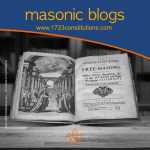 Masonic Blogs - 1723constitutions |
 Masonic Blogs - The Hedge Mason |
 Masonic Blogs - Massoneria Egizia IT |
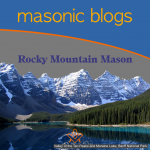 Masonic Blogs - Rocky Mountain Mason |
 Masonic Blogs - Southern California Research Lodge |
 Masonic Blogs - Scottish Rite Masonic Museum and Library |
 Masonic Blogs - Practical Freemasonry |
 Masonic Blogs - PragaMasonica |
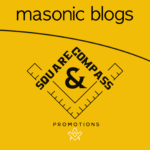 Masonic Blogs - Square & Compass |
 Masonic Blogs - El Blog del Masón |
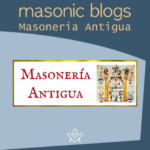 Masonic Blogs - Masoneria Antigua |
 Masonic Blogs - The Masonic Philosophical Society |
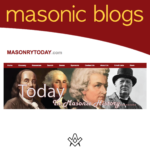 Masonic Blogs - Masonry Today |
 Masonic Blogs - Freemasonry.network |
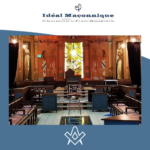 Masonic Blogs - Masonic Ideal |
 Masonic Blogs - What is a Mason |
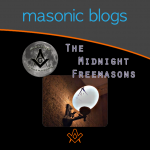 Masonic Blogs - The Midnight Freemasons |
 Masonic Blogs - Freemasons for Dummies |
Recent Articles: manuscripts
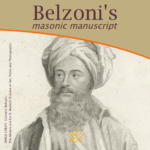 Belzoni's Masonic Manuscript is a valuable resource for anyone interested in the history and practices of Freemasonry, as well as for those interested in the broader cultural and social history of the early 19th century. The manuscript provides a rare glimpse into the inner workings of the organization, and offers insights into its beliefs, values, and practices. It is a fascinating document that continues to captivate and intrigue scholars and freemasons alike. |
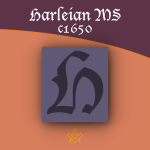 There are two known 'Harleian Manuscripts' which allude to the earliest constitutions of Masonry. |
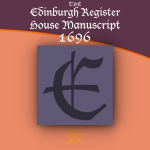 The Edinburgh Register House Manuscript (1696) At the time the manuscript was written in Edinburgh, Scotland was the home to various lodges, including those of the operative Masons of Edinburgh, it provides an interesting Masonic Catechism with questions and answers, a genuine ritual of admission. |
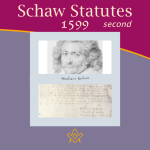 The Second William Schaw Statutes (1599) We look at a modern transcript of the second William Schaw Statutes dated 1599. An operative masons charter for stone cutters and layers in the building industry of the time. A set of rules and regulations including penalties. |
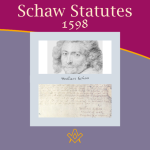 The First William Schaw Statutes (1598) We look at a modern transcript of the first William Schaw Statutes dated 1598. An operative masons charter for stone cutters and layers in the building industry of the time. |
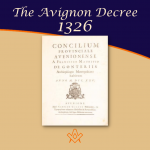 The Avignon Decree (1326) Papal Bull The several Papal declarations against Freemasons after the formation of the Grand lodge in England in 1717 are well known. The Avignon Decree (1326), published 400 years prior, is the earliest known document to set out the Catholic Church's intentions… |
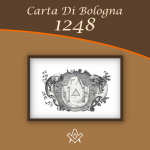 The Bologna Statutes Or Carta Di Bologna The Bologna Statutes or Carta Di Bologna 1248 - Masonic document of Operative Masonry, the oldest one found to date. |
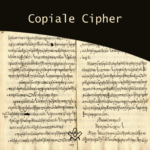 What is the connection between the Copiale Cipher and the great enlightened society of oculists ? |
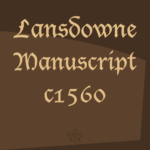 A very foolish legendary account of the origins of the Order of Freemasonry |
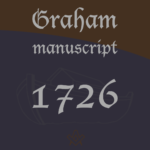 The Graham Manuscript dating from 1726 is an early Masonic document that calls upon Noah and this 3 sons in respect to Masonry, an alternative allegory to the Hiram legend. |
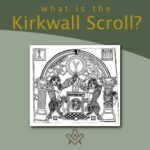 The Kirkwall Scroll is a hand-painted floor cloth depicting a myriad of symbolism |
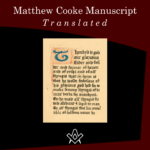 Matthew Cooke Manuscript was written c1450. A transcript of a yet older document, written by a Speculative Mason |
 Are you interested in the 'musty old documents of the past'? This article first appeared in The Builder magazine,1923 |
masonic knowledge
to be a better citizen of the world
share the square with two brothers

click image to open email app on mobile device


